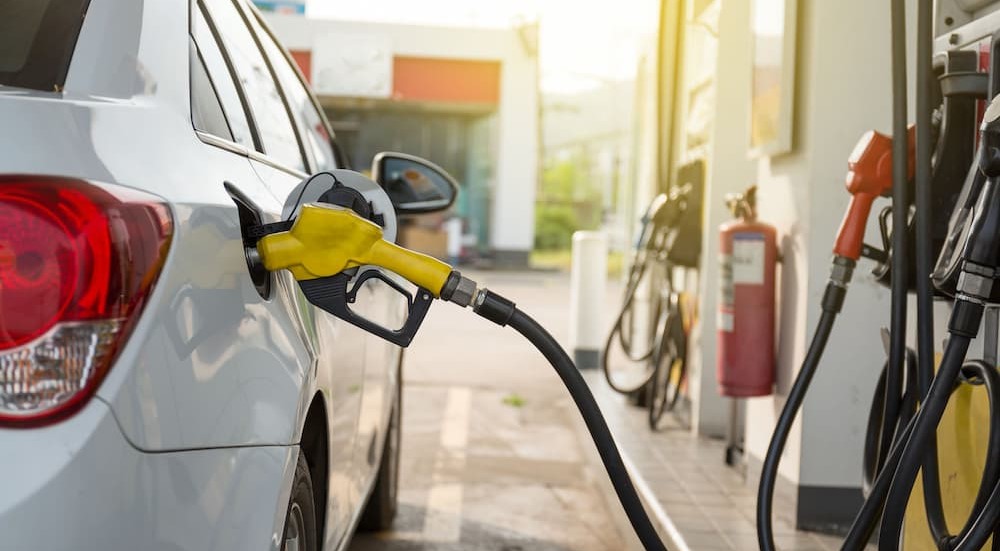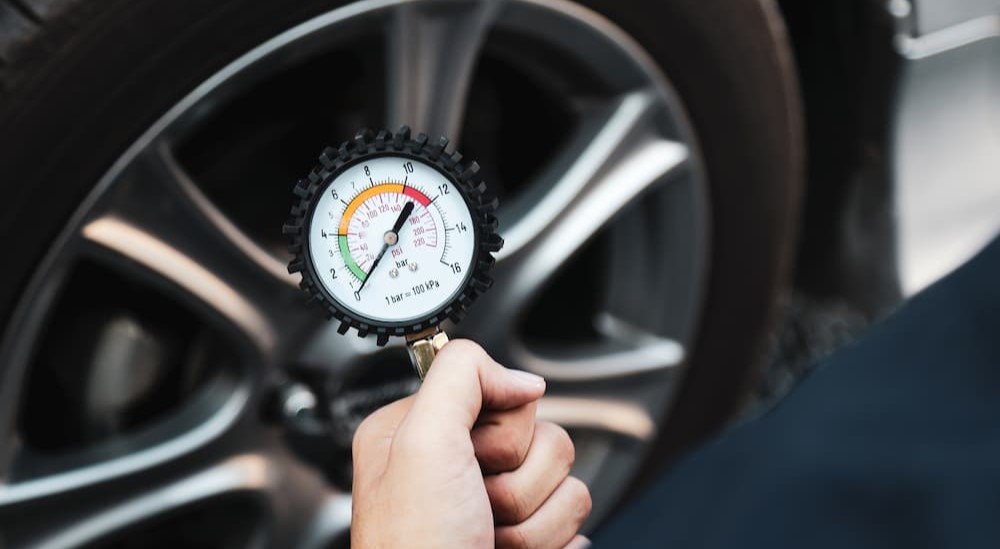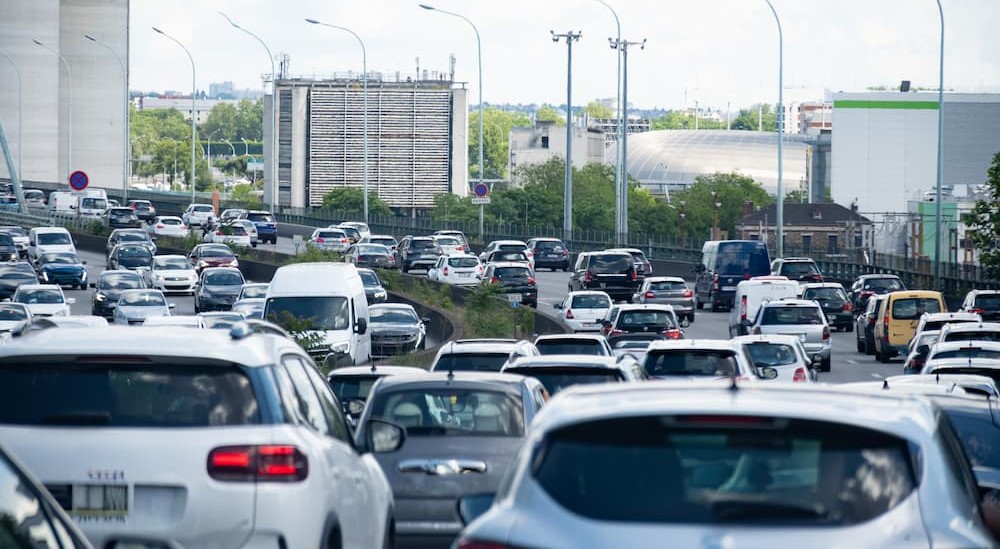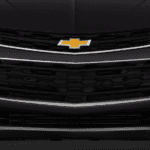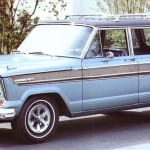Saving a little fuel can do a lot for yourself and the world around you. Over the past year, as of this writing, the national average cost for regular unleaded gas has hovered around $3.50 a gallon. In some areas, it can get closer to $5 a gallon. Considering that the average person drives nearly 13,500 miles a year, an additional mile or two per gallon can save you hundreds of dollars per year in operating costs. Better fuel economy also lowers your carbon footprint, improves energy sustainability, and makes the economy less codependent on oil prices.
Not everyone can afford to buy the most fuel-efficient vehicle on the market or curb their total miles. You may need a heavy truck or SUV for work, towing, and off-roading. But no matter what type of vehicle you drive and where you drive it, there are ways to maximize fuel mileage. Use these ten tips to improve fuel efficiency so you spend less and get more out of every mile.
Keep Your Tires Properly Inflated
Increasing your MPG starts with the one point of contact a vehicle has with the road. Underinflated tires cause more rolling resistance, so you must use more fuel to accelerate and maintain speed. The National Highway Traffic Safety Administration found that under-inflated tires reduce fuel mileage by 0.2% per one PSI. The tires will also wear out faster and will not provide as much traction as properly inflated tires, both of which can lead to safety issues. Check the owner’s manual or the compliance sticker in the driver’s side door jamb to see the recommended tire PSI for your vehicle. You’ll also want to ensure the tires are aligned, as misalignment adds resistance and increases wear.
Drive Smoothly and Calmly
You can get a great thrill from slamming on the gas and brakes or swerving from lane to lane. Not only are these activities dangerous, but they also use more fuel. A study by the Oak Ridge National Laboratory determined that aggressive driving habits reduce fuel mileage by up to 30% on the highway and up to 40% in heavy traffic. Smart, smooth driving may be “boring,” but it will cost you less. Save the aggression for your next track day.
Look Ahead on the Road
Even if you’re not trying to drive aggressively, you may have to do so if you see traffic stoppages, turns, and lane changes at the last second. Predictive driving averts this by alerting you to what’s ahead, allowing you to be smoother and more controlled. You can coast partway to a stop sign or accelerate more gradually to prepare for a steep hill instead of mashing the gas and brake pedals, improving efficiency. Options for predictive driving range from actively looking ahead to using mapping apps, traffic reports, and other driver assistance features.
Get Regular Tune-ups
Staying on top of regular maintenance also helps with fuel efficiency. Sludgy oil, worn-out spark plugs, dirty transmission fluid, and other issues cause the engine to work harder and thus use more fuel. Follow the recommended maintenance schedule, and remember to use the correct products. For example, too heavy a motor oil weight will hurt gas mileage. Interestingly, studies have found that clogged air filters don’t affect MPG on modern fuel-injected vehicles, though they do hurt acceleration. Older carbureted vehicles will benefit mileage-wise from a fresh air filter.
Use High-Quality Gasoline
Simply making smarter choices in where you stop for gas can affect the resulting mileage. “Top Tier” fuels have better detergent additives to keep the fuel system and engine clean, boosting efficiency. A 2016 study by AAA found that using lower-quality gas can mean up to 19 times as many carbon deposits over a 4,000-mile span. These inferior gasses cost less initially, but you’ll pay the price later. If you don’t have regular access to top-quality fuel, add a fuel system cleaner regularly to help prevent deposits and blockage.
Note that higher quality fuel does not mean higher octane. You’ll pay a pretty penny to run premium gas, but unless your engine specifically requires it, you will gain no fuel economy or performance benefit from using the more expensive fuel. Check your owner’s manual to find out what grade fuel your manufacturer recommends.
Don’t Drive Too Fast
Excess speed doesn’t just increase the risk of getting a ticket or getting in an accident, but it also burns more fuel. While the optimal fuel mileage speed varies from vehicle to vehicle, it tends to be around 50 mph. Drag increases exponentially above this “ideal” speed to ruin your fuel mileage. The SAE International Journal of Passenger Cars reports that for every five mph you travel above 50, you can expect fuel mileage to drop by about 7%. You shouldn’t drive 50 mph in a 65 mph zone for safety reasons, but you shouldn’t drive 80 mph, either.
Try to Reduce Weight
All that trash and random items floating around in your vehicle might hurt the fuel economy. The heavier a vehicle is, the more energy and gas you need to make it roll and get up to speed. The US Department of Energy says that every 100 lbs of added weight in a vehicle causes a 1-2% drop in efficiency. Not to mention that weight puts more pressure on the suspension, tires, and wheels. Clean your car regularly to get items out that aren’t being used, and try not to pack more for a trip than you need.
Reduce Drag
Aerodynamic drag greatly affects fuel economy, especially at highway speeds. Consumer Reports tested that even an empty roof rack can cost you up to five MPG. The penalty can be as high as 13 MPG for two mountain bikes on that rack. Therefore, avoid carrying cargo on the roof unless it’s necessary. For the same reason, avoid rolling the windows down on hot days and use the AC to cool the car instead. While the AC does use a little fuel to operate, it’s far less than what is consumed when you have four windows down at 65 mph.
Don’t Idle More Than Necessary
It’s one thing if you’re idling at a traffic light since you must be ready to go when the light turns green. But letting the engine idle as you wait to pick someone up or sit in the drive-through is just burning fuel to go nowhere. An hour of idling consumes about half a gallon of gas on average. Even 30 seconds of idling can use more fuel than shutting off and restarting the engine, so turn your vehicle off if you’re going to be somewhere for a while. Contrary to popular belief, you don’t need to let modern vehicles idle for a warm-up. Just take it easy the first few miles. This is why many modern vehicles incorporate auto start-stop technology to turn the engine on and off for you automatically.
Avoid Stop-and-Go Traffic
On a related note, try not to drive in busy downtown and rush hour traffic unless you must. A constant speed is far more fuel efficient than all the stopping, starting, and idling you do during peak traffic hours. You can avoid stop-start driving by leaving for work, doing errands in less busy times, and mapping out alternative routes. If you take a route that’s a mile or two longer but has much smoother traffic flow, you’ll likely use less fuel overall.
Be More Economical Wherever You Go
Your wallet and the environment will thank you by practicing fuel-efficient driving habits, performing regular maintenance, and making smart choices. It doesn’t matter whether you drive a subcompact, a sports car, or a full-size SUV. The correct practices of many of the tips I’ve discussed have other benefits, such as improving overall performance and helping your vehicle last longer.
